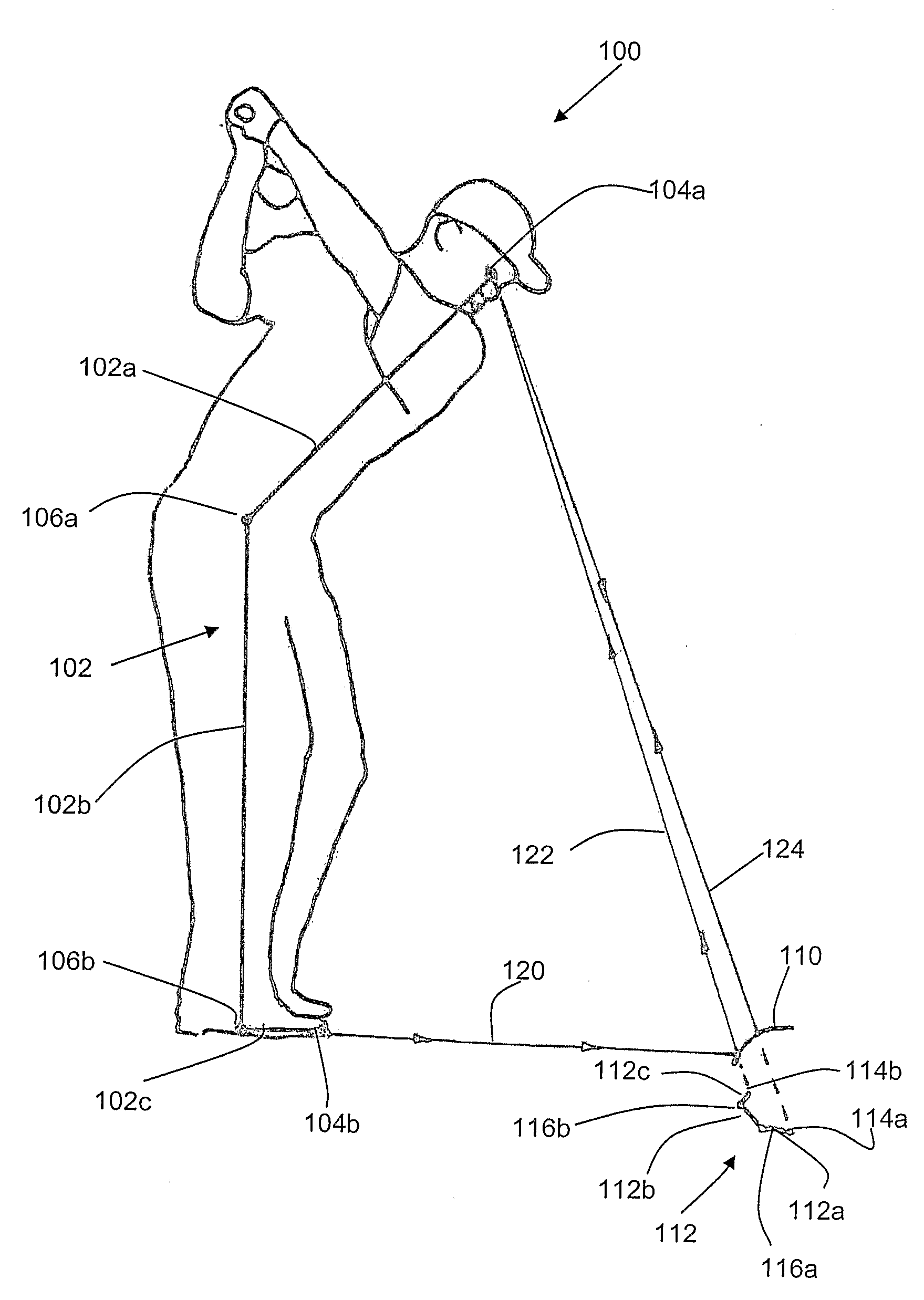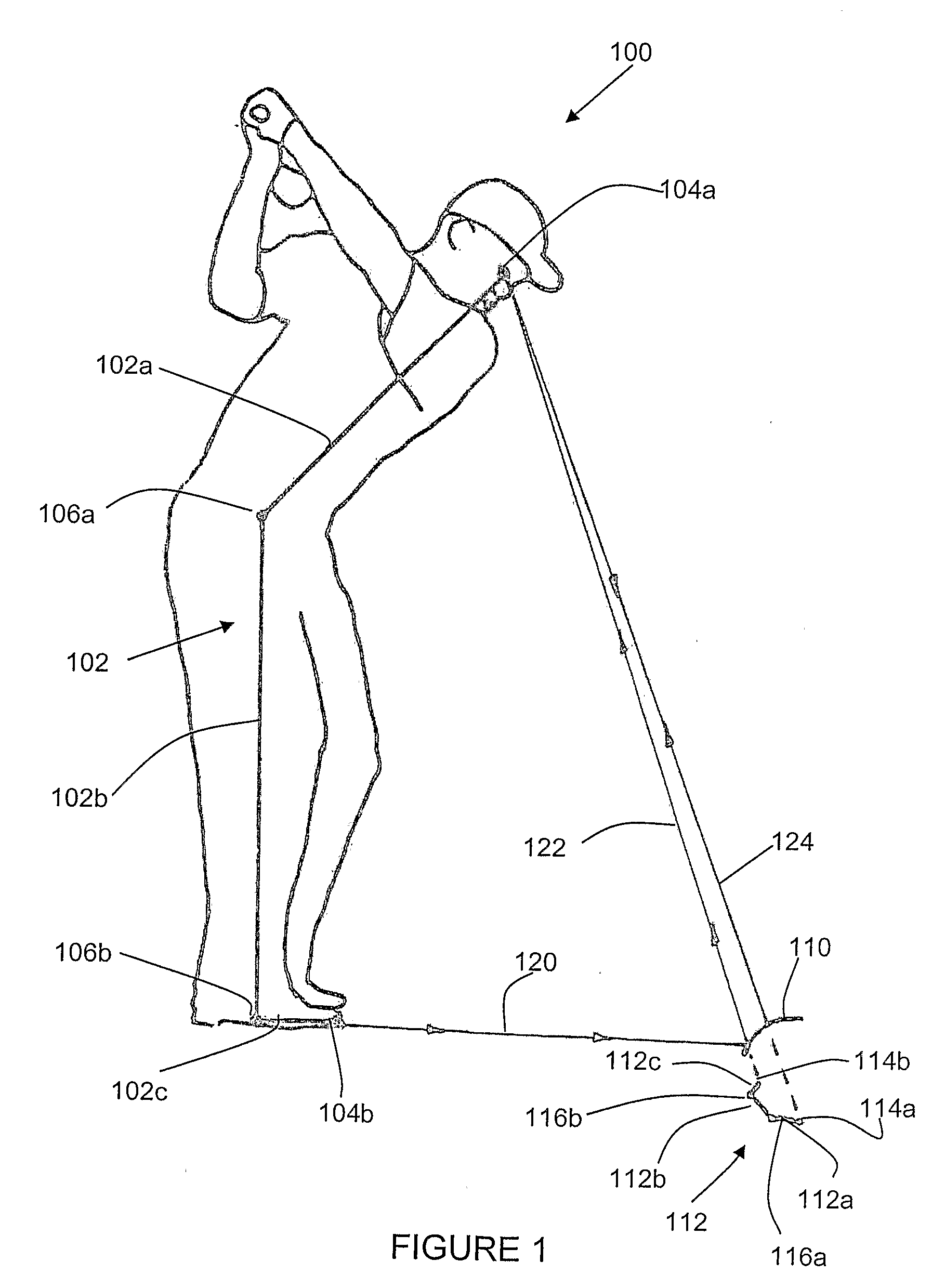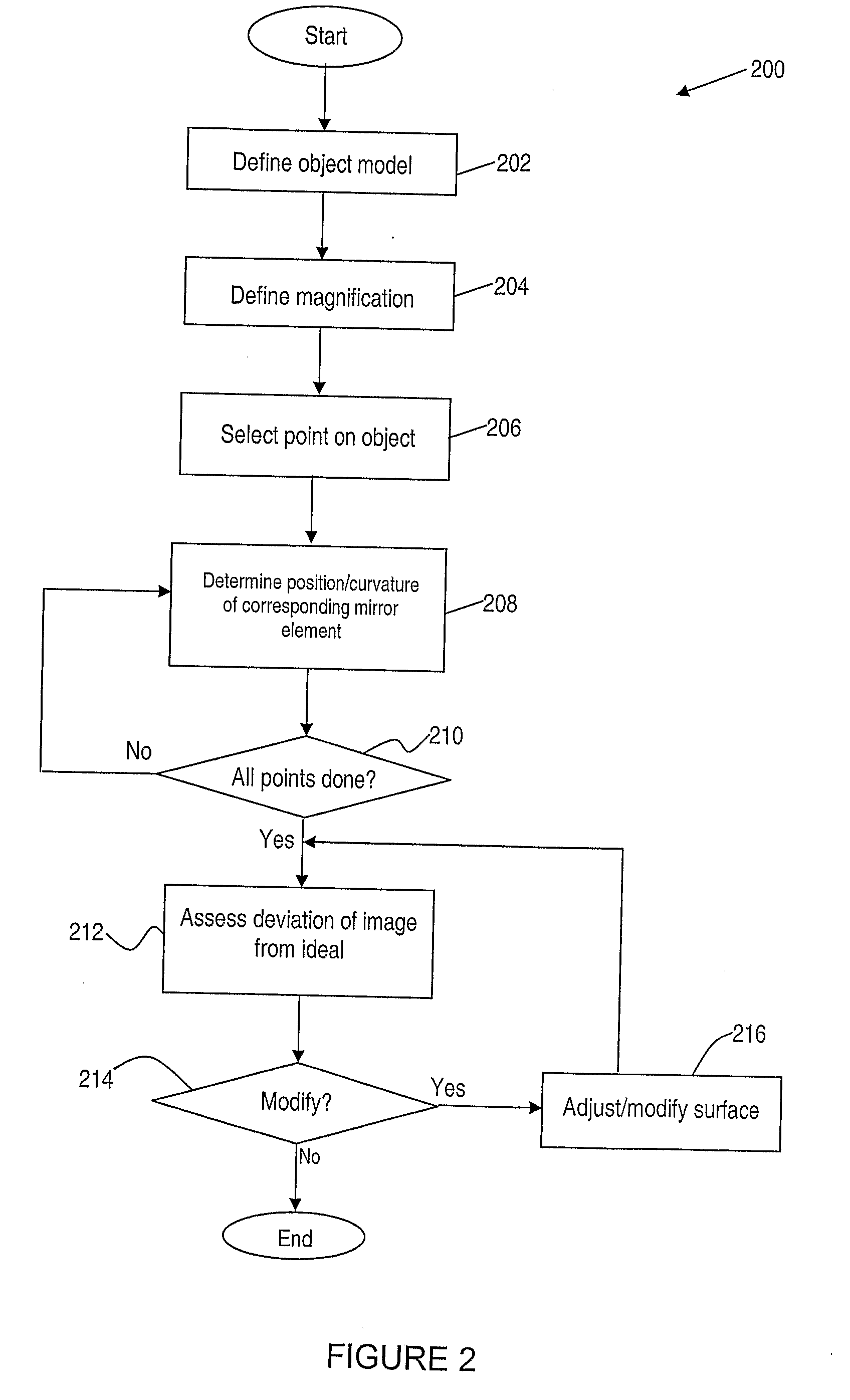Optical surface for wide-angle imaging
a wide-angle imaging and optical surface technology, applied in the field of optical surface for wide-angle imaging, can solve the problems of not being convenient, affecting the quality of the image, so as to reduce the magnitude of the error distance, and reduce the value of a single measure of overall error.
- Summary
- Abstract
- Description
- Claims
- Application Information
AI Technical Summary
Benefits of technology
Problems solved by technology
Method used
Image
Examples
Embodiment Construction
[0052]The present invention is directed to a method of designing an optical surface for producing an image of an object, and to optical apparatus including optical surfaces designed in accordance with the method. A preferred embodiment, and variations thereof, is described with reference to the particular example of a golf practice mirror, wherein the relevant optical surface is the reflective surface of the mirror. However, it will be appreciated by those skilled in the art that the method of the present invention may be used to design a variety of optical surfaces for use in different applications, including applications of both mirrors and lenses, and not limited to the specific example of a golf mirror disclosed herein. For example, embodiments of the design method, and optical surfaces designed thereby, could be used in other applications, such as providing wide-view rear-vision mirrors for use in motor vehicles. Other potential applications of the invention, and embodiments th...
PUM
 Login to View More
Login to View More Abstract
Description
Claims
Application Information
 Login to View More
Login to View More - R&D
- Intellectual Property
- Life Sciences
- Materials
- Tech Scout
- Unparalleled Data Quality
- Higher Quality Content
- 60% Fewer Hallucinations
Browse by: Latest US Patents, China's latest patents, Technical Efficacy Thesaurus, Application Domain, Technology Topic, Popular Technical Reports.
© 2025 PatSnap. All rights reserved.Legal|Privacy policy|Modern Slavery Act Transparency Statement|Sitemap|About US| Contact US: help@patsnap.com



